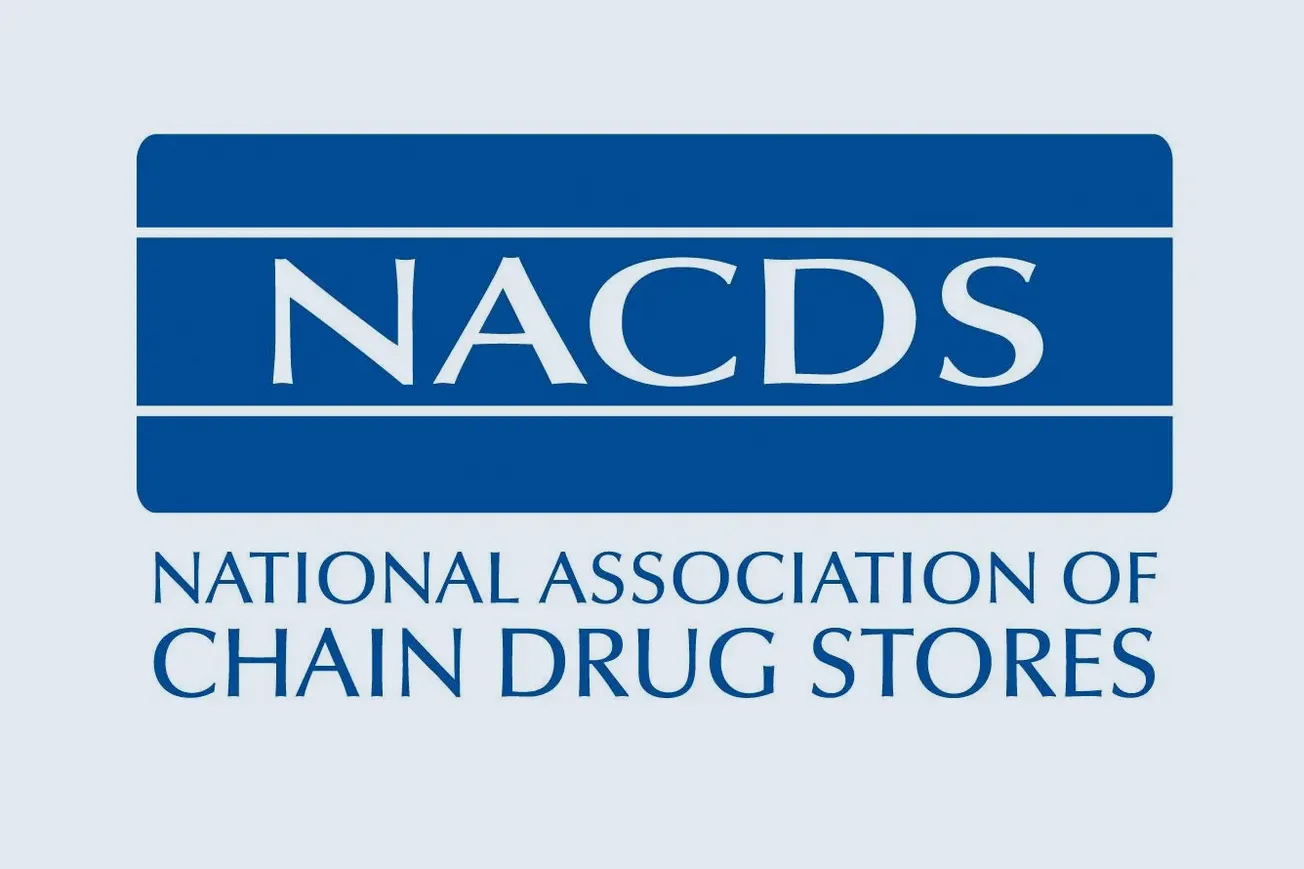NEW YORK — As the back-to-school season entered its final weeks, a gloomy economic landscape cast shadows over this important harbinger of holiday sales.
As the back-to-school season entered its final weeks, a gloomy economic landscape cast shadows over this important harbinger of holiday sales.
A recent survey by SymphonyIRI Group Inc. reveals that worried consumers are looking to save money with a variety of strategies while doing B-T-S and back-to-college shopping. In fact, 69% of respondents indicated they are watching their spending, with 36% citing tight cash availability because of higher food costs while 35% mentioned concern over financial or job stability.
Underlying shoppers’ wariness is a pessimistic assessment of their situation: No fewer than 62% of respondents earning under $35,000 a year consider themselves worse off than a year ago. Even the more affluent are far from upbeat: 46% of those earning between $35,000 and $55,000 see themselves as worse off, while more than a third (37%) of those earning $55,000 to $100,000 do. Astoundingly, 30% of respondents with household incomes above $100,000 share that negative view.
Those economic pressures are reflected in shopper strategies, including greater use of hand-me-down items by 22% of respondents. In fact, 42% said they are using B-T-S products they have left over from last year.
In order to save, more than half of shoppers plan to do more of their B-T-S shopping at such mass merchants as Walmart, Target and Kmart. While that may ultimately provide a lift to those chains’ top lines, its impact is yet to be felt.
During a recent prerecorded second quarter conference call Bill Simon, president and chief executive officer of Walmart U.S., described the situation as of the end of July. “Initial back-to-school sales indicate that customers are shopping more closely to the event,” he said. “We’re driving price messages for school supplies, electronics, apparel and home or dorm items. More than 1,000 stores have merchandise specific to college areas, and all stores carry merchandise with logos from local high schools. We’re very focused on delivering basics in back-to-school apparel, such as socks, underwear, tees and school uniforms.”
Walmart’s experience is consistent with results of the SymphonyIRI survey, which show just over 46% of respondents buying a few B-T-S items initially and then filling in later as needed. The bad news is that 40% said they are minimizing their B-T-S expenditures and trying to figure out how to extend the life of the products they do buy.
Consumer surveys conducted earlier in the summer projected conflicting visions of this year’s B-T-S season. In mid-July the National Retail Federation (NRF) struck a buoyant note, predicting that the average family will spend $606 on clothing, shoes, supplies and electronics, up from $549 last year. A more recent poll by the NRF in late August found that respondents had completed about 43% of their B-T-S shopping, but that nearly 27% had not started. More than a third of back-to-college shoppers had not yet begun making their purchases.
Echoing the caution evident in the SymphonyIRI results, the NRF August survey found more families acknowledging reliance on coupons, sales and promotions.
Like the initial NRF survey, a poll conducted by Deloitte in July found consumers in a more positive mood, with 28% saying they planned to spend more this year and only 17% indicating they would spend less. However, an economic picture colored by persistently high unemployment and sharply worsening home sales data is apparently persuading increasing numbers of shoppers to keep a tight hold on their wallets.





